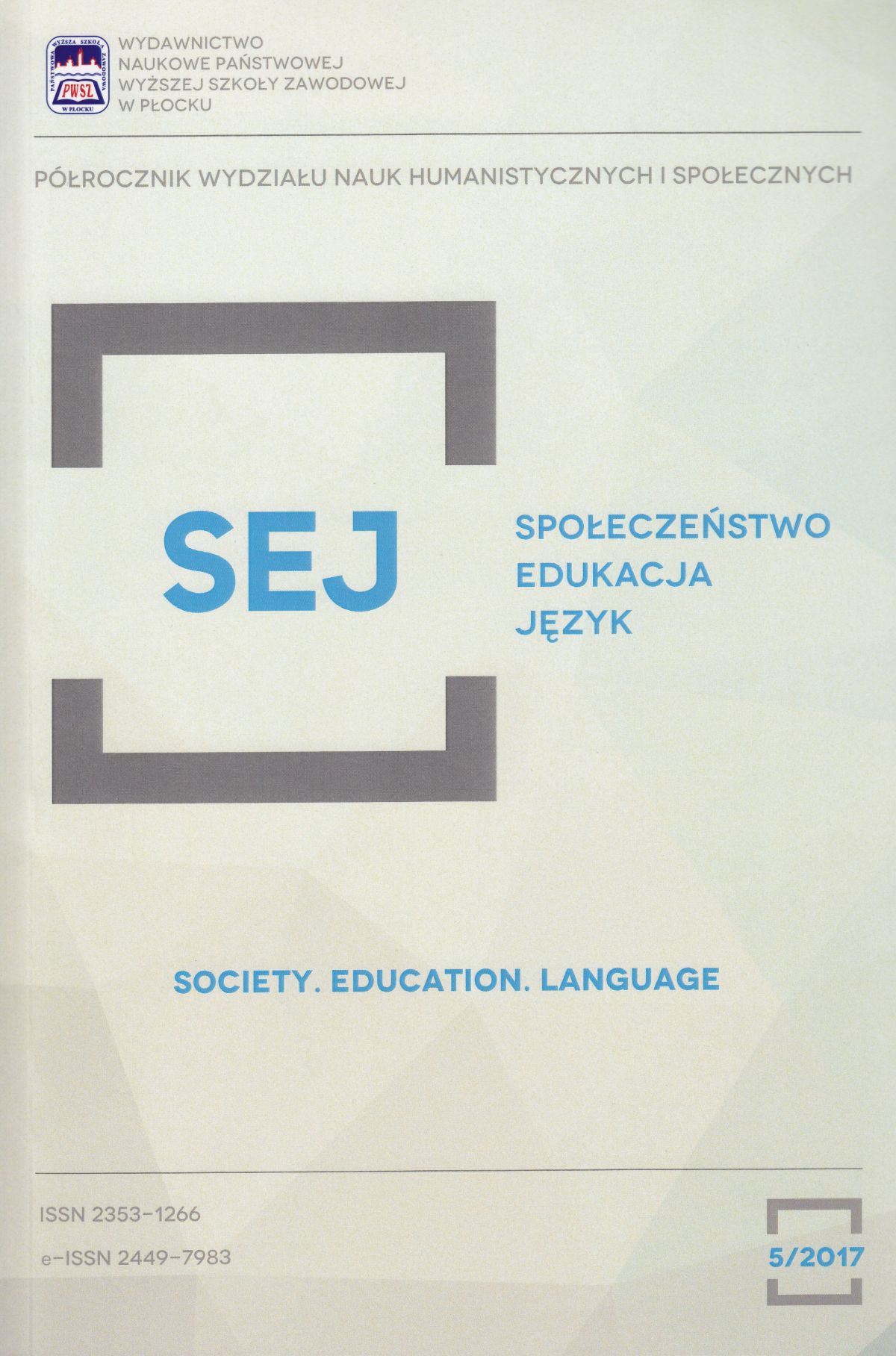From Violence to Terror: Beyond Instrumental Violence in Hannah Arendt´s Political Thought
Abstrakt
Hannah Arendt, victim and witness of
totalitarian violence, confronted the glorification
of violence with her philosophical and
political theory. However, she was not a pacifist,
because she was aware that “under certain
circumstances violence is the only way to set
the scales of justice right again” [Arendt, 1970,
p. 64]. This ambivalence reveals the boundless
character of violence in any attempt to
conceptualize it. When she defines violence,
she does it in instrumental terms in two complementary
ways: violence requires instruments,
and it is instrumental in itself. Meansend
rationality crosses the phenomenon of
violence, and this is why the question about
decency of means appears to be essential.
However, Arendt knew that the own dynamic
of violence tends to go beyond its own limits
in which it would remain enclosed. This paper
aims to recover those tools provided by her
work to analyze the overwhelming and generative
character of violence which, abandoned
to its own logic, loses the distinction between
means and aims. This is a type of violence
that it is not a means, but an end in itself, and,
in Arendtian terms, is no more instrumental
violence because it turns into “total terror”:
an indiscriminate violence which becomes its
own purpose.
Keywords: Hannah Arendt, violence,
means, end, instruments, instrumental rationality,
terror, overwhelming, dispensability.
Bibliografia
Arendt Hannah. 1976. The Origins of Totalitarianism. New York: Harvest Book.
Arendt Hannah. 1998. The Human Condition. Chicago: University of Chicago Press.
Arendt Hannah. 1994. Essays in Understanding, 1930–1954. New York: Harcourt.
Arendt Hannah. 1970. On Violence. New York: Harcourt.
Bar On Bat-Ami. 2002. The subject of violence. Arendtean Exercises in Understanding.
New York: Rowman & Littlefield.
Bernstein Richard. 2013. Violence. Thinking without Banisters. Cambridge: Polity Press.
Bickford Susan. 1995. In the Presence of Others: Arendt and Andalzúa on the Paradox
of Public Appearance. In Feminist interpretations of Hannah Arendt, ed. Honig
Bonnie. Pennsylvania: The Pennsylvania State University Press.
Campillo Meseguer Antonio. 2008. El concepto de lo político en la sociedad global [The
Concept of The Political in Global Society]. Barcelona: Herder.
Cavarero Adriana. 2008. Horrorism. Naming Contemporary Violence. New York:
Columbia University Press.
Critchley Simon. 2016. “The Theater of Violence”. New York Times. Retrieved from
http://opinionator.blogs.nytimes.com/2016/03/14/the-theater-of-violence/?_r=0
Finlay Christhoper J. 2009. “Hannah Arendt’s Critique of Violence”. Thesis Eleven,
no. 97.
Forti Simona. 2001. Vida del espíritu y tiempo de la Polis [Spirit Life and Time of the
Poleis]. Madrid: Cátedra.
McGowan John. 1997. Must Politics Be Violent? Arendt´s Utopian Vision. In Hannah
Arendt and the Meaning of Politics, eds. Craig Calhoun, John McGowan. Mineapolis:
University of Minessota Press.
Traverso Enzo. 2001. La Historia desgarrada. Ensayo sobre Auschwitz y los intelectuales
[The Torn History. Essay on Auschwitz and Thinkers]. Barcelona: Herder.
Villa Dana. 2008. “Political Violence and Terror: Arendtian Reflections”. Ethics &
Global Politics, no. 3.
